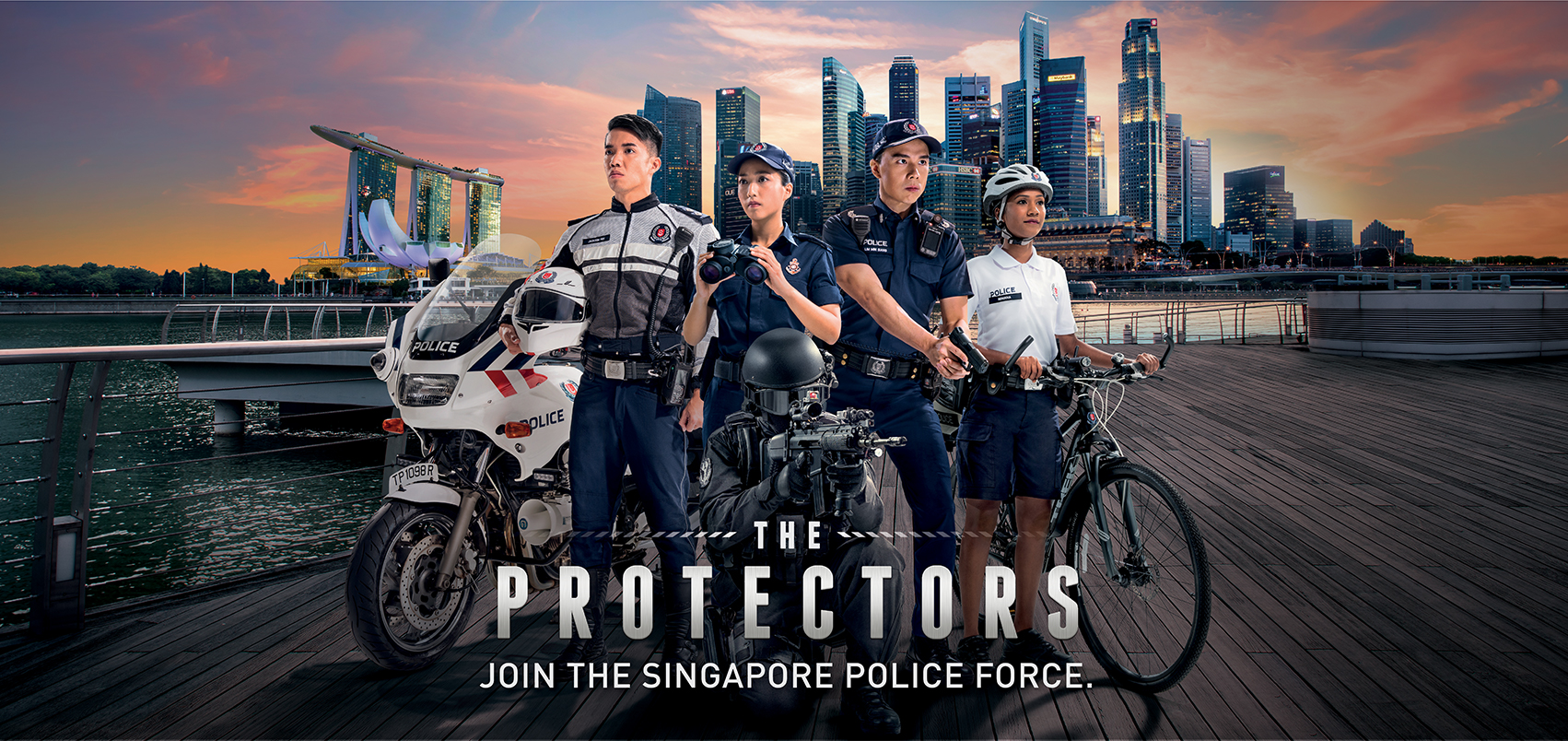Over the years, I’ve walked into a number of advertising campaign briefings only to realise halfway through that the company didn’t need advertising, it needed branding. Advertising is only a sub-set of what we call ‘brand-led business’. Without real substance to support it, advertising risks being ‘image wrapper branding’ — using communication to cover up a mediocre or poorly performing product. Talking the brand talk without walking it, if you like.
Image wrapper branding is dangerous, especially in a world where customers, clients, and stakeholders alike have all sorts of information at their fingertips. Exposure of poor performance is only a click away, leading to loss of brand credibility that can be expensive and even sound the death knell for a business. Years of award-winning advertising couldn’t protect Volkswagen from 2015’s damaging ‘Dieselgate’ scandal, which severely compromised the brand’s credibility and cost more than $25 billion in penalties alone.
Here are a few tips to ensure your company avoids the empty promises of image wrapper branding and instead operates as a truly brand-led business:
1. Understand your brand anatomy
The anatomy of a brand-led business has broadly five parts (below). At the heart is the brand strategy: who you are as a brand, what you stand for, how you position yourself, and what you promise.
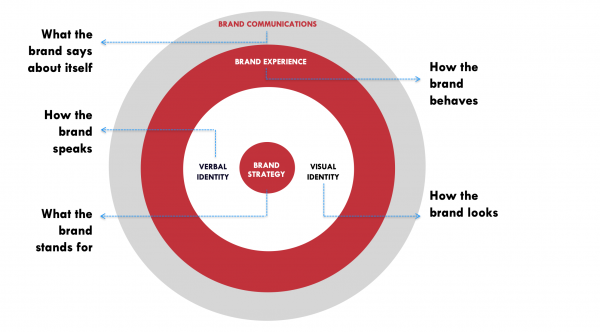
The brand strategy is then expressed via visual identity (logo, colour, imagery, typography, graphics etc.) and verbal identity (the manner and tonality in which you communicate). For example, the new visual identity for Go-Jek (a Southeast Asian tech ‘decacorn’) resembles a power button to reflect a repositioning from just an online ride-hailing app to a ‘super app’, providing a range of services that power the lives of its users.
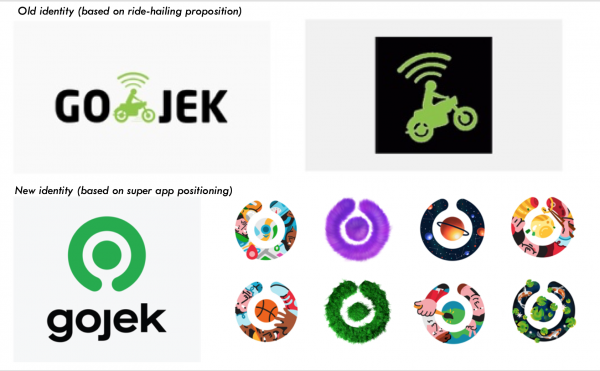
The next and most important layer is the brand experience: how the brand behaves through its products and services. One of my favourite hotels is The Hoxton, a chain that defines itself as offering “open house hotels, inspired by the streets and scenes that surround them“. Every Hoxton lobby I’ve visited is part meeting spot, part co-working space and part social event venue, frequented by people living and working in the neighbourhood – exactly how it positions itself.
Last – and not first – comes brand communication, the layer where advertising and other forms of marketing communications come in.
2. Ensure your brand promise is relevant and distinctive
A dip in sales, declining employee retention or poorly performing communication often provoke companies to change their marketing or maybe their creative agency. However, in most cases these problems are merely symptoms of a bigger issue with the brand strategy.
The Singapore Police Force (SPF) faced difficulty recruiting and retaining the right people to meet the demands of the job back in 2015. A deep dive revealed that the positioning at the time, likening the SPF to an extreme action,‘SWAT’-style unit, lacked relevance. Singapore is one of the world’s safest countries. Not only was there no perceived need for SWAT teams patrolling the streets, the positioning might have been attracting the wrong type of recruits! The more relevant need was for the police to be ‘community champions’ and ‘guardians’. This new direction has successfully carved out a much more meaningful and distinctive role for the SPF, for both employees and the public as well.
Old advertising circa 2012
=
Today’s advertising

3. Brand and deliver
Once you’ve sharpened your strategy, the next step is to ensure that the rest of your business is fully aligned to it. Do we ‘brand AND deliver’, with our products and services creating a customer experience that truly reflects our brand promise?
The strongest brands ‘bake the brand’ into their business, reducing the need for big communication budgets: the product or service advertises itself. The key here are ‘service signatures’: distinctive, replicable elements that bring to life your brand positioning at a moment of truth. Have you ever noticed how the Starbucks barista always asks for your name, then scribbles it onto your takeaway cup with a smiley face? This is one of many service signatures that help Starbucks create a distinctive customer experience.
Employees play a critical role here, especially for service brands, as I saw first-hand when working on the re-launch of CIMB in 2006, now one of Malaysia’s largest, most valuable universal banks. The brand positioning at the time, ‘Forward Banking’, centred on being a progressive provider of financial solutions for Malaysia and Southeast Asia, captured in the tagline ‘Bank on us to see beyond’. Internal communication campaigns and contests were created to encourage staff to play an active role in delivering Forward Banking through product and service ideas, with the best breakthrough ones rewarded. This simple activity successfully helped kick-start a more forward-thinking mindset across all levels.
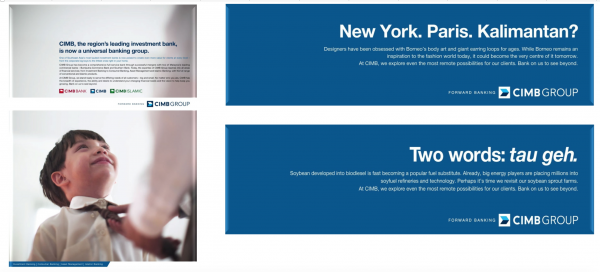
4.Create distinctive brand properties.
Having worked on fundamentals of strategy and delivery, you can now turn your attention to making the expression of your brand as distinctive as possible, to maximise the chances of being chosen when buying decisions are made. 90%+ of these decisions are made on auto-pilot, by tapping into ‘memory structure’ which takes 2-3 years to establish. The key to creating memory structure is distinctive brand properties: valuable visual, verbal, or sonic assets that must be carefully managed to maximise their contribution to brand recognition. Examples of distinctive brand properties include Air Asia’s ‘Now everyone Can Fly’ slogan, Mandarin Oriental’s fan, the Milo van which has existed for decades in Malaysia and Singapore, and the blue of Tiffany & Co that we recently posted on here.
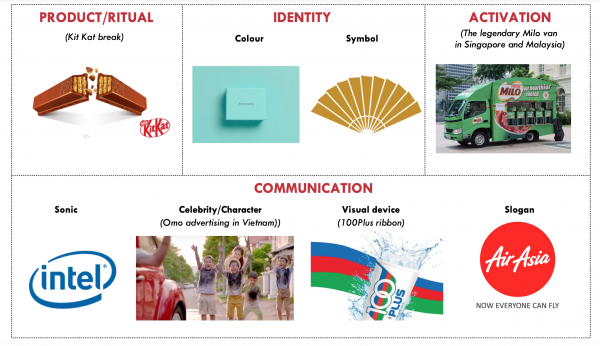
We recommend that you treasure and measure your brand assets. For example, when working on the Dirt Is Good brand (OMO/Persil/Breeze/Rinso/Surf Excel), we discovered that imagery around kids getting dirty as part of learning was a distinctive brand property to keep and strengthen – across all the markets the brand was present in. In brandgym projects we use a research method called Iconic Asset Tracking (IcAT) to track and measure brand assets, as we posted on here.
In conclusion, advertising has a role to play, but it’s critical to ensure that the fundamentals of brand-led business are in place before you invest in communication. Otherwise, you risk your customers, clients and stakeholders calling you out for making empty promises, and it’ll be an uphill climb from then on.
Sources:
- https://fortune.com/2018/02/06/volkswagen-vw-emissions-scandal-penalties/
- https://www.marketing-interactive.com/gojek-revamps-logo-shares-insights-to-new-look-and-creative-challenges/
- https://blog.gojekengineering.com/a-new-gojek-4100c27875ff
- https://www.police.gov.sg/join-us/police-officer
